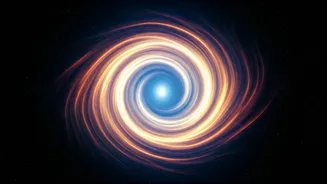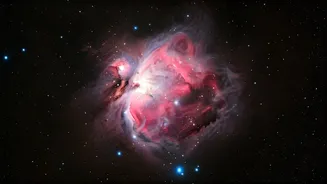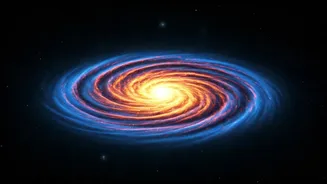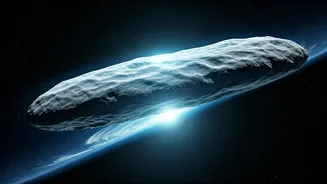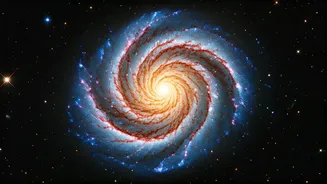Supernovae: Cosmic Beacons
Type Ia supernovae serve as vital tools for cosmologists. These stellar explosions, arising from the complete disruption of white dwarf stars, all share
a remarkable consistency: they have nearly identical peak brightness. This property is key. Since their intrinsic luminosity is known, astronomers can calculate their distance based on how bright they appear from Earth. It’s a similar concept to judging the distance of a car’s headlights at night. Further study of these supernovae has allowed scientists to refine the understanding of how the universe is expanding. By observing these distant explosions, astronomers have been able to make groundbreaking discoveries about the acceleration of the universe's expansion.
Hubble's Detailed Views
The Hubble Space Telescope plays a crucial role in these investigations. Its powerful instruments can capture extraordinarily detailed images of distant galaxies, including NGC 3370. These high-resolution images enable astronomers to pinpoint the supernovae within the host galaxy. Analyzing the light from these cosmic events requires exceptionally clear data. Hubble’s capabilities allow for precise measurements of the light from these supernovae, providing the data needed to understand the distances involved and, by extension, the rate of the universe's expansion. The data collected helps scientists measure the universe with far greater precision.
Expanding Universe Dynamics
The study of NGC 3370 and its supernovae directly contributes to our understanding of the universe's expansion rate. This rate, known as the Hubble constant, dictates how rapidly the universe is growing. By carefully analyzing the light from the Type Ia supernovae within NGC 3370, researchers can calculate the distance to this galaxy with remarkable accuracy. Precise distance measurements, combined with observations of the galaxy’s redshift (the stretching of light caused by its movement away from us), allow astronomers to refine the Hubble constant, offering crucial insights into the fate of the cosmos. As these measurements become more exact, our knowledge of dark energy, the force driving the accelerated expansion, also improves.
Mapping Cosmic Distances
The ultimate goal is to create a more comprehensive cosmic distance ladder, which is a hierarchy of methods used to measure distances to objects in the universe. Type Ia supernovae act as a crucial rung on this ladder. Accurate calibration of these supernovae requires studying them in diverse environments, which is why the study of NGC 3370 is vital. By observing supernovae in various galaxies like NGC 3370, astronomers can better understand the variations in their brightness and fine-tune their use as distance indicators. This calibration enables us to measure distances to even more remote galaxies, helping us map the vast expanse of the universe with unprecedented precision, eventually revealing more about the mysteries of dark energy.





